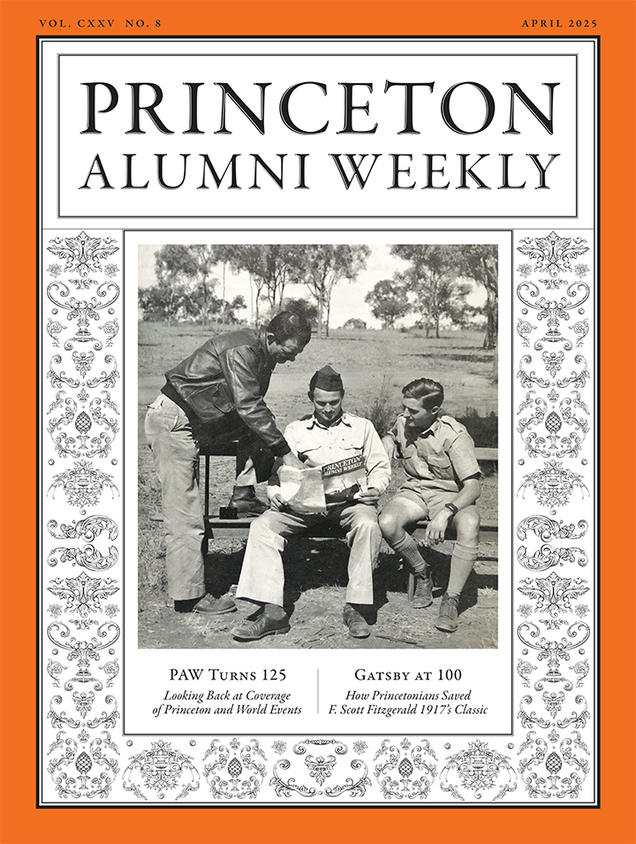Gordon Francis Biehn ’34
GORDON BIEHN, a research chemist and technical analyst with the DuPont Company, for 29 years, died Jan. 23, 1991, it has just been learned. He went to work at the DuPont Experimental Station in Wilmington, in 1937, shortly after he received his Ph.D. in chemistry at Yale and, as he said, "stayed put." He retired in 1966.
A resident of Hockessin, less than ten miles from Wilmington, Gordon looked back on his life not long ago and concluded, "I have been most fortunate in having all the things that really mattered to me: a wonderful wife, a fine family, and interesting work."
His widow, Marion Cutler Biehn, a Mount Holyoke graduate whom he married in 1937, survives, as do their four sons, Robert Allen, William Lawrence, David Paul, and Donald Edward. They have our sincere sympathies.
The Class of 1934
Paw in print
Book Club.
Join and Read With Us.



0 Responses